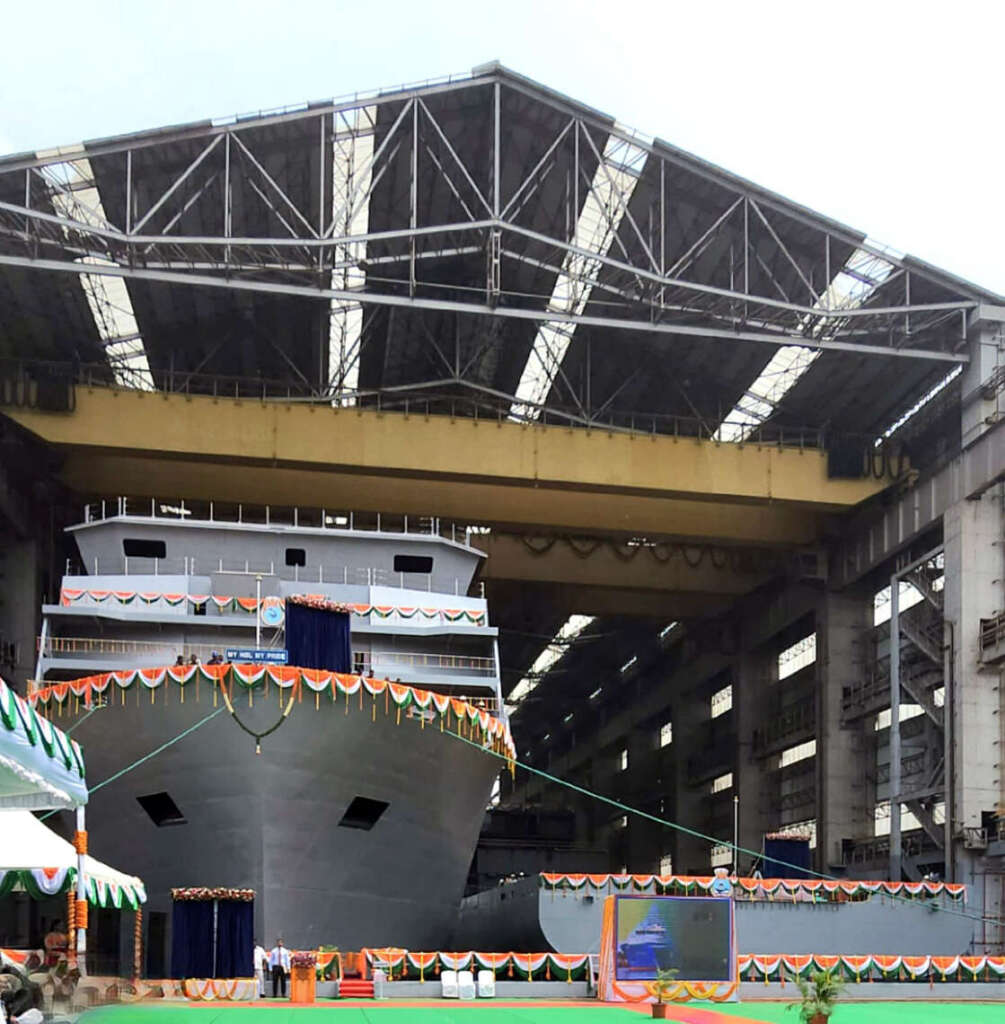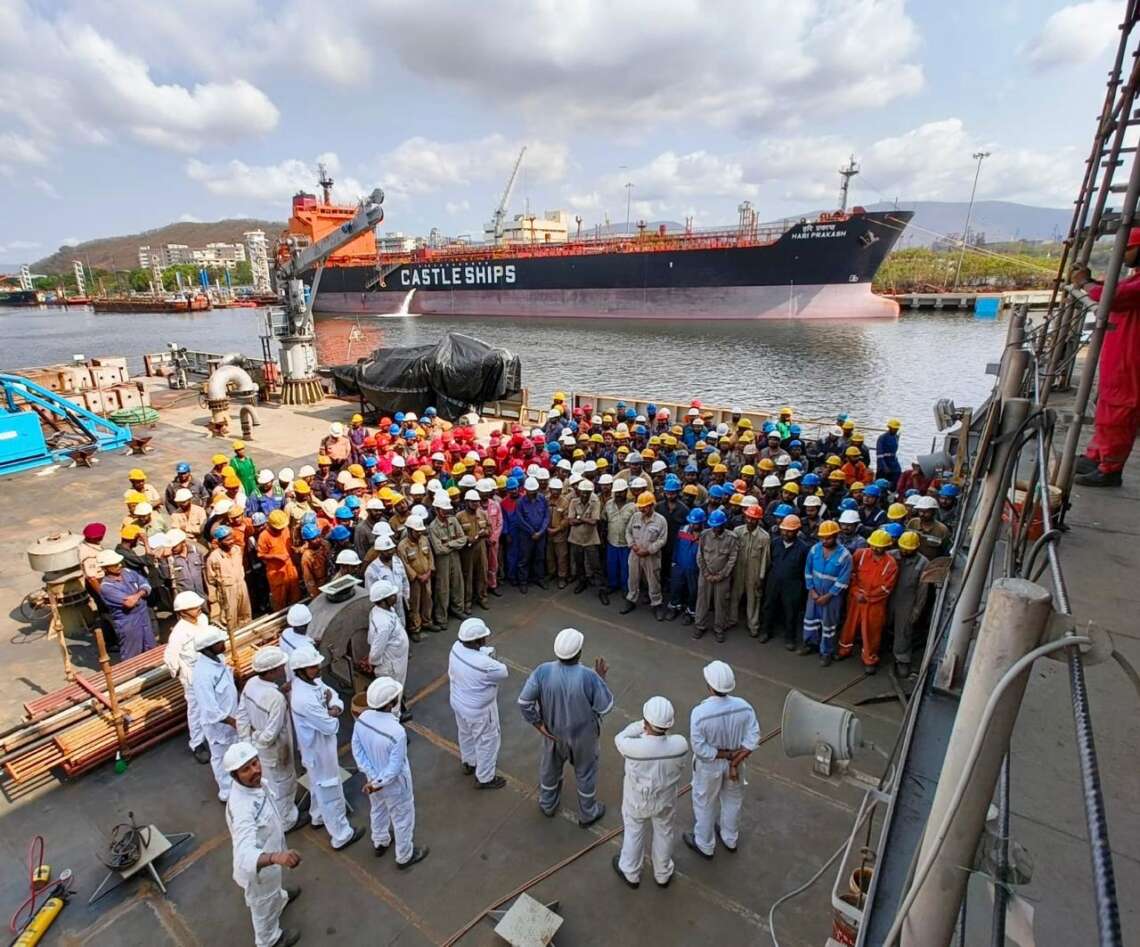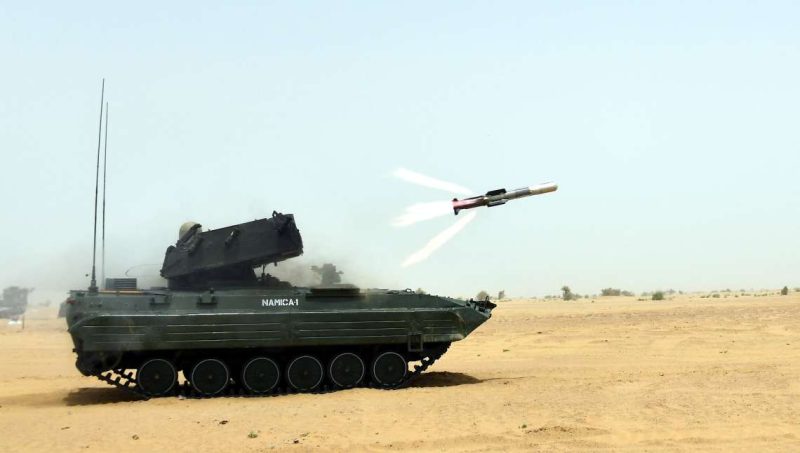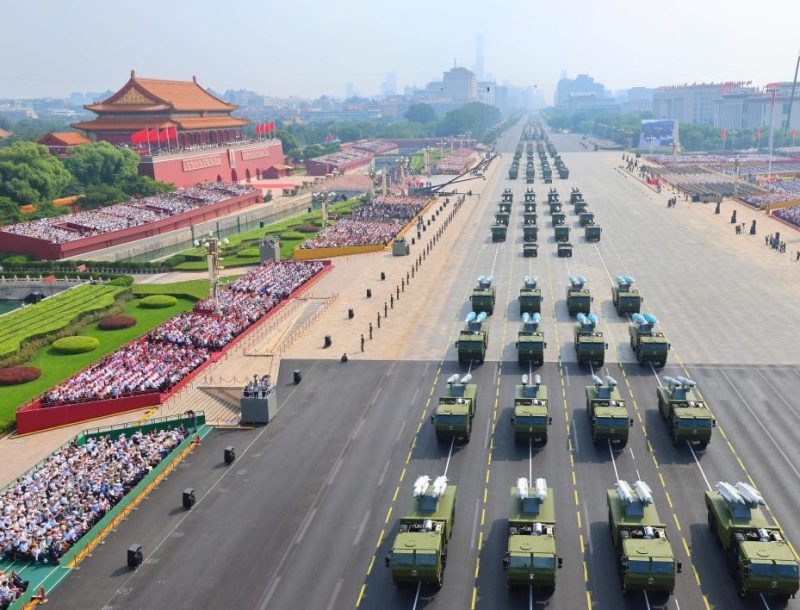Hindustan Shipyard Limited (HSL), the state-owned defence shipbuilder, is poised to receive the coveted ‘Mini Ratna’ status
After more than four decades of financial turbulence, Hindustan Shipyard Limited (HSL) is charting a new course towards profitability and prestige, with the state-owned defence shipbuilder poised to receive the coveted ‘Mini Ratna’ status. This dramatic transformation marks a landmark in India’s industrial revival under Prime Minister Narendra Modi’s leadership and the ‘Make in India’ initiative.
Founded in 1941 and headquartered in Visakhapatnam, HSL once stood as a symbol of India’s maritime ambitions. However, from the 1980s onward, the shipyard fell into a prolonged period of financial distress. Repeated government bailouts failed to stem the tide of mounting losses, and by 2014-15, HSL’s net worth had plunged to a staggering negative ₹1,023 crore.
Even a transfer to the Ministry of Defence in 2010, accompanied by a ₹452 crore revival package and further capital support of ₹457 crore for infrastructure upgrades, could not lift the shipyard from its downward spiral. The COVID-19 pandemic dealt another heavy blow in 2020, dragging its net worth further to minus ₹595 crore and prompting fresh concerns over its viability.

Yet, it was in this bleak context that the seeds of revival were sown. HSL began posting modest profits post-2015, and its real turnaround took shape under the leadership of Commodore Hemant Khatri, who took over as Chairman and Managing Director in FY 2020-21. His arrival marked a decisive shift in strategy and execution.
Cmde Khatri spearheaded a sweeping internal reform agenda, bringing in stringent financial discipline, improved cost management, technological upgrades, and a laser focus on productivity. The results have been nothing short of transformational. Legacy issues were addressed, and contingent liabilities were brought down by ₹1,253 crore—a crucial step in restoring financial stability.
The shipyard’s performance has since surged. In FY 2023-24, HSL reported a record turnover of ₹1,413 crore—nearly tripling its revenue since FY 2020-21. For the current financial year (FY 2024-25), the shipyard has clocked a provisional income of ₹1,586 crore and posted a Profit Before Tax of ₹295 crore, signalling a 36% year-on-year growth.
Most significantly, HSL has finally returned to a positive net worth for the first time in over 40 years—clearing the way for it to be awarded Mini Ratna status, a designation reserved for high-performing public sector enterprises with financial autonomy and strong track records.
“This turnaround is not just a financial milestone but a national success story,” said a senior Ministry of Defence official. “It aligns perfectly with our goal of building an Atmanirbhar Bharat and developing domestic capabilities in defence manufacturing.”

HSL’s strategic location on the eastern coast and its role in shipbuilding, repairs, and submarine retrofits for the Indian Navy made it too vital to be considered for disinvestment—even during its darkest years. That strategic relevance has only grown, now backed by renewed financial strength and a forward-looking vision.
As the shipyard celebrates its 84th year—dubbed its ‘Sapphire Year’—it is setting its sights even higher. A new 2034 roadmap outlines ambitious plans to integrate artificial intelligence into shipbuilding, embrace automation, enhance cybersecurity, and adopt sustainable energy solutions. These initiatives aim to cement HSL’s position not just as a national asset, but as a globally competitive player in defence and maritime industries.
The resurgence of Hindustan Shipyard Limited serves as a powerful counter-narrative to long-standing critiques of India’s public sector. Where once there was stagnation and inefficiency, there is now a model of strategic reform, decisive leadership, and operational excellence.
As it stands on the cusp of Mini Ratna recognition, HSL symbolises the untapped potential of India’s state-run enterprises—when guided by purpose, policy support, and a clear mission for national development.









